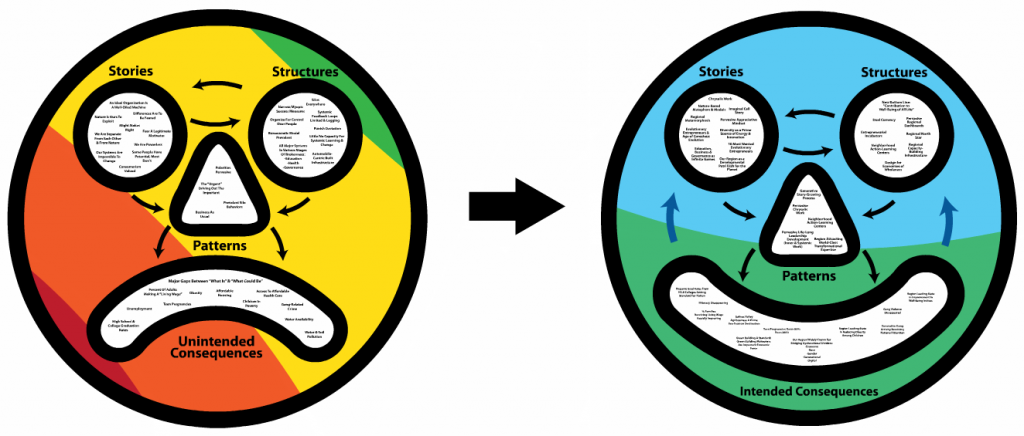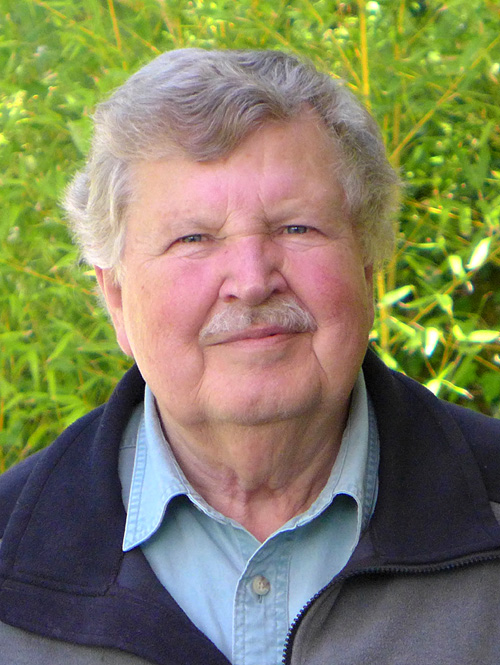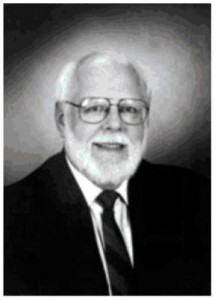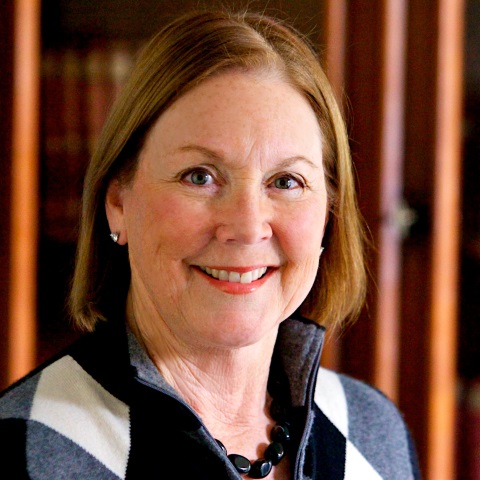
Innovation on a large scale is a difficult task to approach, even more so when dealing with numerous people all of whom have the power to make important decisions. How is one to go about approaching this task. Is there a way to move forward quicker than a snail’s pace?
Innovation is extremely challenging when large numbers of decision makers in a well defined hierarchical chains of command are involved. Yet some multi-national multi-billion dollar companies routinely do just this, resulting in their persisting as world leaders in their respective markets. The principles behind these innovation cultures that permit and encourage the special behaviors required of both innovators and innovation advocates can be adopted by any size enterprises wishing to accelerate their innovation. Lets face it even if leaders can not agree on a definition of innovation, it does not stop them from declaring it to be a very high priority! Nor from desiring to accelerate it (whatever it is). Even if people do not know what it is, they know they want it and that is a totally reasonable stance.
This event will take place at 7PM at:
Hangen Szechuan Restaurant (2nd Fl), 134 Castro St, Mountain View, CA 94041
Dinner will be served!
Pre-Registration Tickets ($20) – on SALE NOW!

PANELISTS:
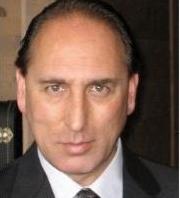
HOWARD LIEBERMAN
Chairman, Senior Science and Technology Advisor
SVII, DARPA, Apple Inc, Bose Corporation
After completing university programs in both Physics and Electrical Engineering, Howard spent fifteen years working for two large technology companies, Bose and Apple where he shipped more than a billion dollars of innovative products while taking Bose from analog to digital and Apple from computers into sound.He then spent a decade as a serial entrepreneur and a college dean and this last decade he has been applying these experiences as an innovator, innovation manager and innovation educator by founding and running the Silicon Valley Innovation Institute where he often finds himself functioning as an innovation articulator. He has also been an advanced technology procurement consultant to the US Air Force and is currently a Senior Science and Technology Advisor to DARPA, He is also active as a composer and performing jazz musician.

JONATHAN BREMER
Mechanical Design Engineer, Thermal Systems
Tesla Motors
Bremer is currently working as a Mechanical Design Engineer at Tesla Motors. Curiosity has always driven him. After finishing his undergrad at Western Washington University in plastics and vehicle engineering he quit his job and dedicated himself to the WWU X-Prize Team. The WWU X Prize team built a carbon fiber, monocoque hybrid super mileage car, from the ground up. He was personally responsible for in car computer, interior and exterior LED lighting, display system, software integration, and the auto centering windshield wiper. Viking-45(WWU X Prize car) ranked 6th out of 121 competitors achieving an average of 112MPGe. Directly after the X Prize competition he was hired onto the Prototype Vehicle Group at Tesla Motors. He spent a year developing the Toyota Rav4 EV and Tesla Model S prototypes. As the Model S left the prototype phase Bremer moved to the Vehicle Engineering Thermal Systems Team where he played an active role in the rapidly evolving company supporting manufacturing, quality and service along with his Thermal Team responsibilities.
When the surfing is bad, Bremer spends most of his free time playing with LEDs, flying his drone, and riding around his electric skateboard, if he’s not getting arrested trying to change laws. Battle for the beach http://vimeo.com/75373721, http://www.huffingtonpost.com/zach-weisberg/surfers-walk-in-martins-b_b_2663848.html. Projects and resume: http://theprojectportfolio.blogspot.com/
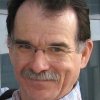
OSMAN ISVAN
Inventor, Audio Engineer, Consultant
Hewlett-Packard/Palm, Plantronics, Gibson Guitar, Bose Corporation
Osman Isvan has been an acoustics and audio professional for over 30 years. After receiving a Bachelor of Science degree from the Istanbul Technical University in Turkey, Osman moved to the United States at the age of 25, and earned a Master of Science degree in Mechanical Engineering from Tufts University, specializing in vibrations and acoustics. He then joined Bose Corporation as a Research Engineer, where he developed loudspeaker simulation software, designed acoustic transducers and enclosures, and built a novel laser-Doppler vibration analysis system for the characterization of loudspeaker and headphone diaphragms and materials. In 1998 Osman joined Gibson Guitar Corporation in Nashville. The following year he invented and prototyped a multi- axis pickup for the company’s first guitar with digital audio interface, developed in partnership with the Center for New Music and Audio Technologies (CNMAT) at the University of California at Berkeley. Osman then moved to California as an acoustics engineer for Plantronics, where he developed wired and wireless headsets and stereo headphones, before joining Palm / Hewlett Packard as Lead Audio Systems Engineer responsible for acoustic systems and audio parameter optimization of smart phones. Since 2011 Osman became an Engineering Consultant, serving clients in the San Francisco Bay Area.
Osman Isvan authored technical papers on audio signal processing, vibration damping, guitar pickups, the effect of winds on bicycles, and power optimization for Light Electric Vehicles. He is an inventor with 9 patents on loudspeakers, guitar pickups, noise reduction, echo cancellation, microphones, earphones and headsets. Recently he became interested in data integration and performance analysis for cyclists. He wants to develop a bicycle speedometer that measures wind velocity.

PETER J. ANDREWS
Senior Electro-Acoustic Engineer
Materion Corporation, ZT Amplifiers Inc., Transonos , Tymphany
Born and raised in New England, Peter has called Northern California home for the past 8 years. An avid multi-instrumentalist, you might trip over any number of musical items on your way into his home. An early love of music & science culminated in degrees from the Massachusetts Institute of Technology in Music Performance and Acoustical Engineering, studying under and assisting Dr. Amar Bose. During the ensuing 25 years, Peter has realized successful products for many professional and consumer sound brands, both in employee and consultant roles. From high-performance automotive and home entertainment speakers to acoustically calibrated screening rooms, from custom test & measurement software to telecomm peripherals, from guitar amplifiers to digital signal processors, Peter’s work has spanned nearly the entire electro-acoustics space. Patented inventions were shipped by brands like Boston Acoustics and Tymphany for many years.
After a few years abroad in Asia and Europe, Peter has developed a global perspective on the audio industry, leading multi-cultural and intercontinental teams to successful innovations and product launches. He now works for Materion Electrofusion designing ultra-high-performance beryllium diaphragms for professional loudspeakers. Peter jointly published an AES paper with Marshall Buck and others detailing improvements to large-format compression drivers, also presenting this work at ALMA International Symposia. He has recently accepted a nomination to ALMA International’s Board of Directors, and is excited to be co-chairing ALMA’s Winter Symposium.
SIEGFRIED LINKWITZ
Electrical Engineer
Linkwitz Lab, Hewlett-Packard
Born and raised in Germany, Siegfried Linkwitz came to California with his wife in 1961 for a two year experience in R&D of Hewlett-Packard’s Microwave Division. Siegfried had received the Diplom Ingenieur degree in Electrical Engineering from Darmstadt Technical University in Germany. He continued his education with postgraduate studies at Stanford University while working. His initial stay turned into 37 years of R&D at HP, on state-of-the-art electronic test equipment, such as microwave spectrum analyzers, network analyzers and EMI receivers.
He also traveled to Europe and Asia, teaching HP Seminars on test and measurement in the frequency range from 10 kHz to 20 GHz. During his last 18 years at HP he participated in leading roles in national and international standards development for Electromagnetic Compatibility Test Instrumentation through ANSI and IEC/CISPR 16. After retirement in 1998 from HP, now Agilent, in Santa Rosa, Siegfried continued to pursue a life-long interest in audio that started when he came to HP. There he and his colleagues designed and built their personal Hi-Fi systems, from the phono pre-preamp to the power amplifier and FM stereo tuner. Loudspeaker design followed, because commercial products seemed strangely designed to a microwave engineer. The “Linkwitz Transform” circuit and earlier, in 1975, the “Linkwitz-Riley Crossover” filters were a necessity for his active speaker designs and came out of a shared audio hobby with Russ Riley. Between 1994 and 1999 he developed a line of open-baffle loudspeakers with moving coil drive units for Audio Artistry.
In 1999 he set up a website to share what he had learned about speaker design and to give a practical example, the PHOENIX. The site has grown significantly. ORION, PLUTO and LX521 loudspeakers have been added as new insights had been gained. He provides plans for DIY construction of state-of-the-art dipole and monopole loudspeakers using active electronics. The speakers are optimized for operation in reverberant domestic spaces. He believes to have found the ideal loudspeaker concept for creating a convincing auditory illusion of an acoustic event in a typical size living room. The job is done. www.linkwitzlab.com
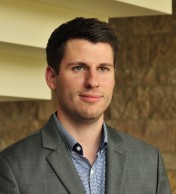
CODY A. SMITH
Consultant
Deloitte Consulting
Cody is a born entrepreneur. He is deeply passionate about helping organizations find new frontiers in their overall culture,retain top talent and create healthier workplaces. He is relentlessly curious and has a genuine love for exploring the world’s perspectives by getting to know new people.
After obtaining his masters, he began consulting work for Deloitte. He spent the first two years of his career traveling around the world helping clients understand better their risk of licensing intellectual property to the global marketplace. He considers this international growth experience to have altered his life in an extremely positive and open-minded way. He went on to spend 2 years at Deloitte Consulting in their Strategy & Operations practice where he helped executives of a Fortune 50 client spin-off half their business.
Cody is also an avid marathon runner and has competed in over 15 races around the world. His passion for running extends past participation as he has founded and organized a road race for charity.
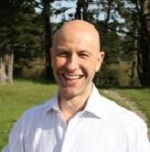 MAX SHKUD
MAX SHKUD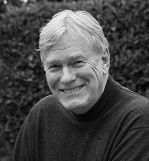 STU WINBY
STU WINBY